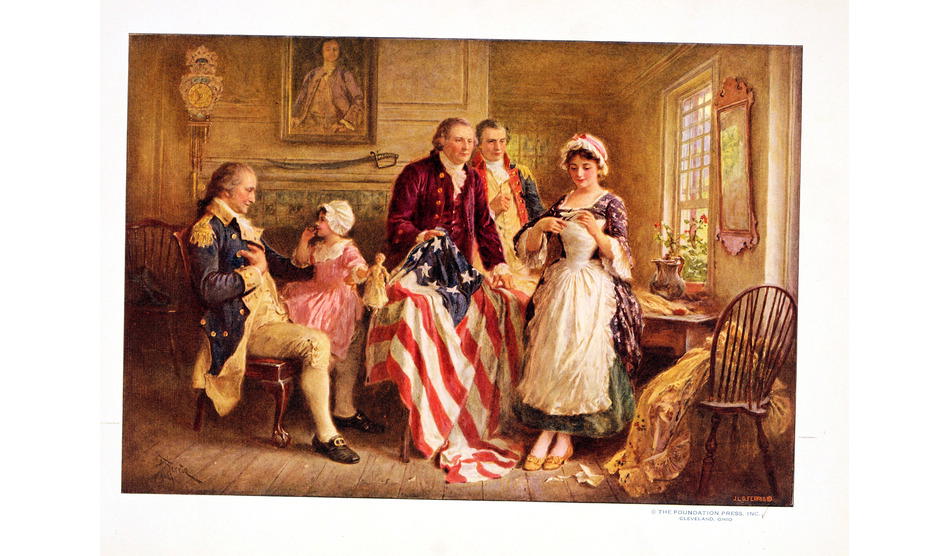It’s not often we get to talk about American muscle cars, but I wanted to take a chance and talk about some of the more popular ones from back in the day when Made in America seemed to matter in the auto manufacturing business. I have had the chance to drive a ’69 Camaro and ’70 Dodge Charger; no one has been trusting enough to let me drive their ’67 Mustang Shelby. I don’t blame them. Now let’s delve into these moving works of art.
The golden era of muscle cars birthed some of the most iconic and powerful vehicles ever to grace American roads. Among these legends, the 1969 Chevrolet Camaro ZL1, 1970 Dodge Charger R/T and 1967 Ford Mustang Shelby GT500 stand out as timeless symbols of American engineering prowess. Each of these vehicles, produced in different corners of the United States, showcases the unique design philosophies and performance goals of their respective manufacturers.
1969 Chevrolet Camaro ZL1
Manufactured: Norwood, Ohio
Designer: Vince Piggins
The 1969 Chevrolet Camaro ZL1 is a rare gem in the muscle car world, known for its exceptional power and limited production run. Engineered primarily for drag racing, only 69 units of the ZL1 were ever produced, making it one of the rarest and most sought-after Camaros.
Engineering and Performance: Under the hood, the ZL1 boasted a 427 cubic inch V8 engine, officially rated at around 430 horsepower. However, enthusiasts believe the actual output was significantly higher. This all-aluminum engine, derived from Chevrolet’s racing program, made the ZL1 a beast on the quarter-mile tracks, embodying the peak of American muscle engineering.
Design and Legacy: Vince Piggins, who was instrumental in bringing high-performance vehicles to Chevrolet’s lineup, spearheaded the ZL1 project. The car’s aggressive styling, with its sleek lines and powerful stance, perfectly matched its performance credentials. Today, the 1969 Camaro ZL1 is revered not just for its rarity, but also for its raw, unadulterated power and racing pedigree.
1970 Dodge Charger R/T
Manufactured: Hamtramck, Michigan
Designer: Carl Cameron
The 1970 Dodge Charger R/T epitomizes the muscle car era with its bold design and formidable performance. The R/T, standing for Road/Track, was the high-performance variant of the Charger, featuring powerful engine options and distinctive styling cues.
Engineering and Performance: The highlight of the 1970 Charger R/T was the 426 Hemi V8 engine, producing a massive 425 horsepower. This powerplant, known for its hemispherical combustion chambers, delivered exceptional performance and became synonymous with high-speed prowess. The Charger R/T’s ability to combine straight-line speed with everyday usability made it a favorite among muscle car enthusiasts.
Design and Legacy: Designed by Carl Cameron, the Charger R/T featured a menacing front grille, sleek body lines, and a “coke bottle” shape that gave it an unmistakable presence on the road. The car’s cultural impact was amplified by its appearances in popular media, such as “The Dukes of Hazzard” and the “Fast & Furious” franchise. The 1970 Charger R/T remains an enduring symbol of American muscle car design and engineering.
1967 Ford Mustang Shelby GT500
Manufactured: Los Angeles, California
Designer: Carroll Shelby
The 1967 Ford Mustang Shelby GT500 is a high-performance version of the iconic Mustang, brought to life by the legendary Carroll Shelby. Known for his expertise in transforming regular cars into high-performance machines, Shelby’s touch turned the GT500 into a powerhouse that blended style and speed.
Engineering and Performance: Equipped with a 428 cubic inch V8 engine, the GT500 produced 355 horsepower, a figure that, while lower than some of its competitors, was complemented by a host of performance upgrades. These included better suspension, brakes, and aerodynamic enhancements, making the GT500 not just fast in a straight line but also capable on twisty roads.
Design and Legacy: Carroll Shelby’s influence is evident in the GT500’s aggressive design, featuring a longer nose, scoops, and distinctive Le Mans stripes. The car’s legacy was further cemented by its starring role in the film “Gone in 60 Seconds,” where it was affectionately named “Eleanor.” The GT500 remains a beloved classic, admired for its blend of performance and Shelby’s racing pedigree.
Conclusion
Each of these muscle cars—the 1969 Chevrolet Camaro ZL1, the 1970 Dodge Charger R/T, and the 1967 Ford Mustang Shelby GT500—represents a pinnacle of American automotive engineering. Produced in different regions and designed by visionary engineers, these vehicles captured the hearts of enthusiasts with their raw power, distinctive styling, and cultural impact. They stand as enduring testaments to an era when American muscle cars ruled the streets, and their legacy continues to inspire new generations of automotive aficionados.




